The loon’s famous song, echoing across wilderness lakes, makes solitude audible. It simply sounds like wilderness. The solitary birds are living emblems of the Quetico-Superior Region—along with white pines, wild rice, and moose.
Many other bird species also find the habitat they need to breed amid the forests, lakes, rivers, and wetlands of the Boundary Waters, giving unique voice to the wild landscape. Here, a tongue of Canada’s boreal forest creates ideal conditions for an array of bird species—for a few months each year. Most birds live in the region during the short summer when it bursts with solar energy, staying only long enough to nest, raise chicks, and bulk up to fly far to the south in the fall.
“It pays to undergo this long-distance migration to get to a place where there’s a massive abundance of food for a short seasonal time,” says Dr. Muir Eaton, an ornithologist with Drake University and the University of Minnesota’s Itasca Research Station.
Swainson’s thrushes, white-throated sparrows, ring-necked ducks, chickadees, whiskey jacks, veeries, all these and more are interwoven with spruce and pines, flies and flowers, and each other. Ornithologists estimate that between 3 and 5 billion birds live in the boreal forest during breeding season.
The border lakes region is a refuge for a lot of different ducks, many of which remain hidden to visitors much of the time. “They breed on small lakes in the woods and come out to the bigger lakes to get ready for migration,” Eaton says.
With so much food available and so many species seeking a place to propagate, border country birds specialize in eating different foods, nesting in different types of foliage, migrating at different times, courting and breeding differently, and singing different songs. Eaton points to shorebird species that have legs and beaks of varying lengths, perfect to pluck insects out of different depths of sand and water. Nothing goes unused.
Making mosaics for warblers
The rich gathering of avian life has the strength of numbers and the fragility of specialization. Wiping out a particular type of habitat can decimate a species. The golden-winged warbler is an example; its numbers having plummeted as forest-edge lands have disappeared over recent decades. Farmers have plowed fields, forest fires have been extinguished, houses have been built, logging has dwindled.
This mish-mash of changes has slashed the amount of land available for the golden-winged warbler. All but gone from Appalachia, its overall numbers down more than 60 percent during the past 50 years, the bird may soon be listed on the federal Endangered Species List.
It has found a refuge in northern Minnesota, where half its total population is now believed to breed. In one square-mile of forest in Itasca County, biologists counted 36 singing males this summer, according to the Duluth News Tribune.
“That’s the highest concentration of golden-winged warblers anywhere that we know of,’’ Jerry Niemi of the Natural Resources Research Institute at the University of Minnesota Duluth told the newspaper (‘Unique forestry method created perfect habitat for golden-winged warbler,’ John Myers, June 7, 2016).
The bird’s peculiarity about where it lives and what it eats is why it is thriving in this swath of north woods. While it makes its nests and raises its young on open ground, it spends the later part of the season in nearby mature woods. This patchwork has been crafted by biologists, logging companies, and conservationists in recent years, resulting in golden-winged haven.
Beating bird benchmarks
Boreal birds are doing well compared to cousins from across the continent. While 37 percent of bird species in North America are “at risk of extinction without significant conservation action,” most of those call the ocean, coasts, and tropical forests home, according to the North American Bird Conservation Initiative’s (NABCI) State of North America’s Birds 2016 report.
To produce the report, the organization undertook a first-ever assessment of all 1,154 bird species native to Canada, the continental United States, and Mexico. It found 432 that are at severe risk of vanishing.
In the continent’s relatively intact boreal forest, most threatened bird species are imperiled because of conditions on the other end of their migration, in the forests of Latin America and South America. Some of the 14 boreal species that are on the NABCI Watch List are the black-billed cuckoo, Canada warbler, evening grosbeak, American black duck, lesser yellowlegs, and the surf and white-winged scoters.
“Compared to the prairie or eastern forests, which were pretty much mowed down in the last century, the boreal forest probably has been the least attacked over history,” Eaton says. “It might be an ecosystem that has fared pretty well.” Eaton teaches a field class at the University of Minnesota’s Itasca Research Station each summer, and small-scale population monitoring is part of the program. He says they haven’t seen any declines in any bird species.
“When the habitat is there, those populations do well,” he says. The millions of acres of mostly naturally-functioning boreal ecosystem on the Minnesota-Ontario border are valuable for canoeing, camping, fishing, and for spruce grouse, three-toed woodpeckers, and goshawks.
Critical questions
The biggest threat to birds might be our own lack of knowledge. Even after centuries of study, much remains unknown about many species. “There is a lot of basic natural history we don’t know,” Eaton says about many species of birds. “Where do they build their nests? What is their energy budget when they have young in their nests? We have glimpses of a lot of pieces of the biology of a lot of birds, but we’re far from knowing comprehensively about their biology.”
For example, birds that nest in tree cavities, such as wood ducks and bluebirds, are pretty easy to study, because they will often use artificial nest boxes. But birds that nest 30 feet up in a pine tree are a different matter. With habitat loss the culprit in most bird population declines, Eaton says we need to better understand how deforestation and other changes affects many species.
While ornithologists perform their researches, anybody with a birdfeeder can help the feathered cause by contributing to citizen science efforts. Cornell University’s programs are some of the best.
“Cornell has been instrumental in trying to garner good scientific info out of the public,” Eaton says. “It’s clear that there are a lot of people out there that can identify birds and record data, and they have turned a lot of data into usable information about migration, arrival times, how they are moving through the landscapes.”
Cornell’s FeederWatch initiative asks people to simply count the birds that show up to their feeders from November to April and share the data. Based on thousands of observations, they can accurately estimate how many birds there are and where they are, week by week. Visit www.feederwatch.org to learn more and participate.
14 species that breed in boreal forest and are on the NABCI Watch List:
Bicknell’s thrush
Whooping crane
Hudsonian godwit
Short-billed dowitcher
Surf scoter
Canada warbler*
Cape May warbler*
Connecticut warbler*
Lesser yellowlegs*
White-winged scoter*
American black duck*
Black-billed cuckoo*
Olive-sided flycatcher*
Evening grosbeak*
* Range includes Voyageurs National Park, Superior National Forest, and Quetico Provincial Park.
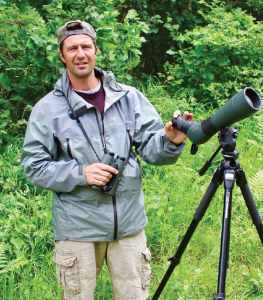
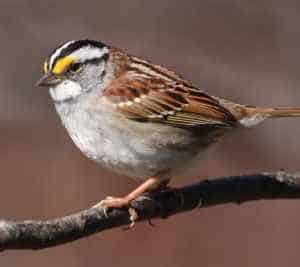
Photo by Simon Pierre Barrette,
Wikimedia Commons (CC 2.0)
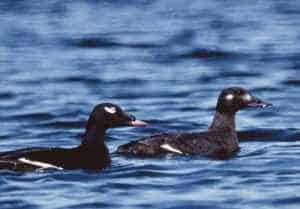
Photo by Mark Bertram, USFWS
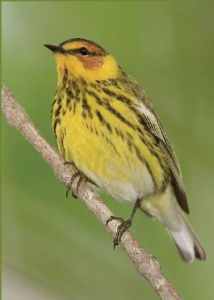
Photo by Bill Majoros
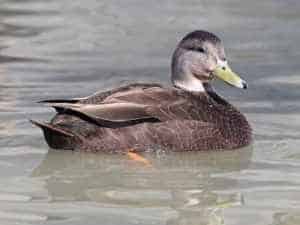
Photo courtesy USFWS
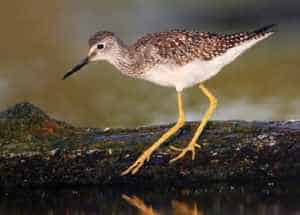
Photo by Wolfgang Wander
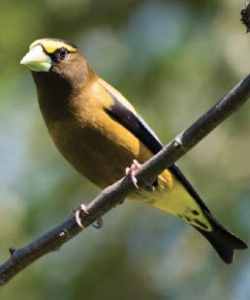
Photo courtesy USFWS
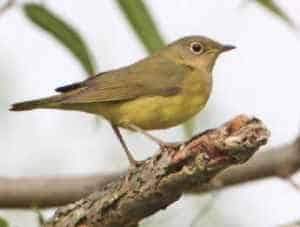
Photo by Matt Tillett

Photo by Jeremy Meyer
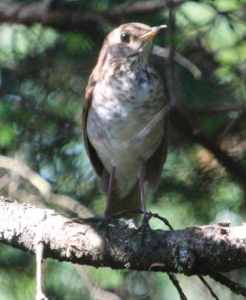
Photo by Phillip Kenny/Wikimedia Commons (CC 2.0)

Photo by Wolfgang Wander
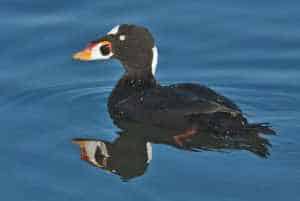
Photo by Alan D. Wilson
NaturesPicsOnline
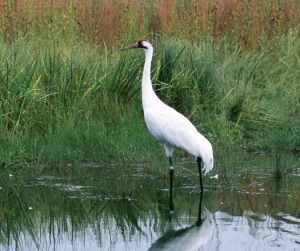
Photo by Ryan Hagerty/USFWS

Photo by Dick Daniels
http://carolinabirds.org
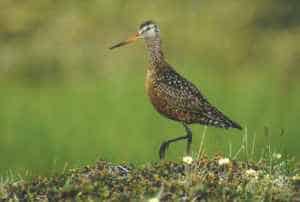
Photo by Francesco Veronesi/Wikimedia Commons (CC 2.0)

